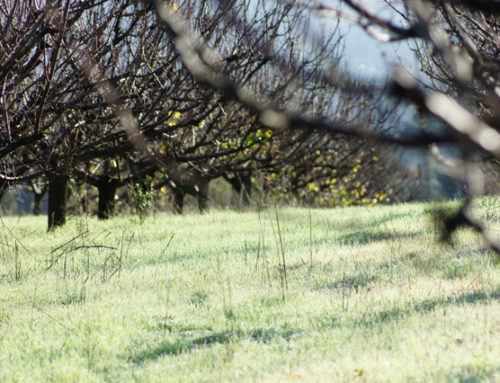The way to test the freshness of an egg is to do a “float test”.
Fill a bowl of water to twice as tall as the egg, then gently slip the egg into it. A fresh egg will rest flat on its side on the bottom; a bad egg will float to the top; and an egg that balances on its smallest tip is about 3 weeks old.
The test works because an air pocket inside the egg gets bigger with time as the egg contents lose both moisture and carbon dioxide. As the air pocket gets bigger, the egg is more likely to float in water or make a “sloshy” noise when shaken.
Blood spots (also referred to as “meat” spots) don’t signify a bad or fertilized egg. A blood spot is caused by a ruptured blood vessel during the creation of the egg. Since blood spots are diluted as the egg ages, their obvious presence actually means you have a fresher egg. You can eat it safely, or remove the blood spot with the tip of a knife if it makes you feel better.
Stringy, rope-like strands of egg white are chalazae, which are present in every egg to keep the yolk centered. They’re not a sign that the egg is bad or fertilized, and they can be consumed safely or removed.
An egg white that is cloudy or has a yellow or greenish cast to it is caused by carbon dioxide not having had enough time to escape through the shell, and is especially common in the freshest eggs.
Why are eggs washed and refrigerated? Click here for an NPR article.




